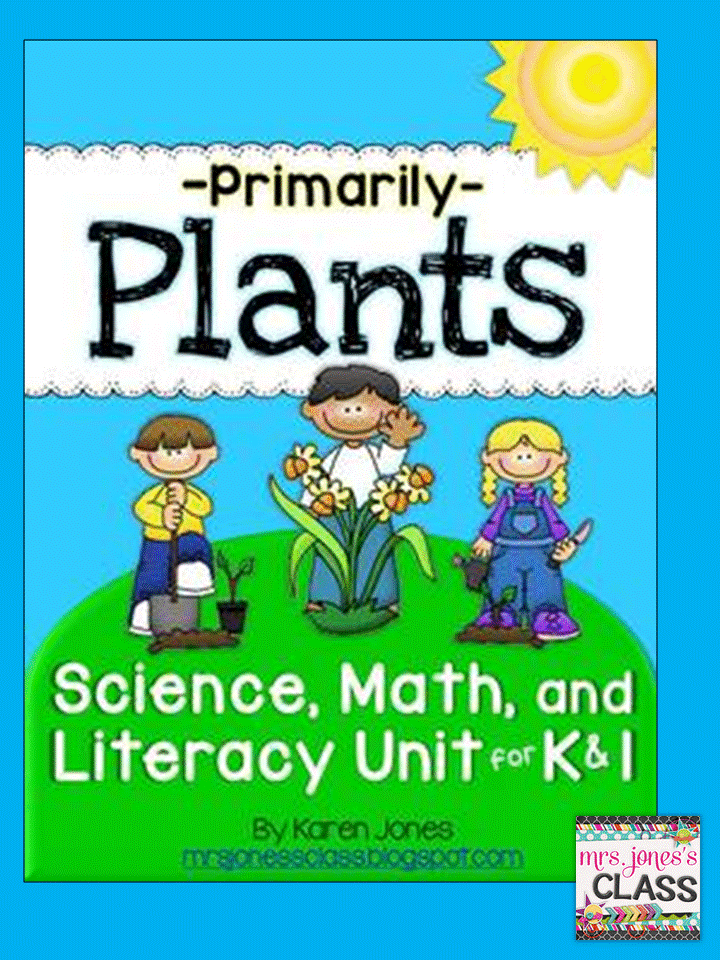Hi everyone! It's Cyndie from
Chalk One Up for the Teacher and I am so beyond excited to be joining everyone here at The Primary Chalkboard.
Right now our grade level is studying life cycles and I thought it would be the perfect time to share what we are doing since so many classes will be studying this in the upcoming months.
This is our second year using this kit which used to be just insects, but has now taken away some of the insects (THANK GOODNESS!) and added plants. Do you use the FOSS kits at your school?
At our school, the teachers are divided into two groups. Those that are brave about the insects and those that are not. HA! Here is our lineup (and mind you I have only switched to the brave team this year).
However all bets are off once the insects morph into beetles and other creatures.
First we started with these Brassica plants. Apparently Brassica plants are members of the mustard family. I love the cool PVC light hanging apparatus that comes in the FOSS kit, and I love that the light comes on chains so you can adjust the level of the plants as they get taller.
Ours have flowered and we are waiting for the plants to produce seeds so the life cycle can begin again.
We have been supplementing our learning with materials from my Science Interactive Notebook and Experiments product, as well as some materials that came with the kit.
We are also studying the life cycle of several insects. Last year we did what seemed like a million different insects...kind of makes you thankful for the four that are arriving this year.
First up were these lovely little guys, the mealworms.
(This is the part where you'll probably want to look away if you are eating.)
Last Friday a few of them morphed into beetles. I hadn't told my students ahead of time that they would be changing, although several of them had their suspicions. My once brave students who didn't mind holding the mealworms were not so brave about the beetles.
(Notice you will not see my hand holding any of the insects.)
Next up were the milkweed, which are actually one of my favorites. Here they are upon arrival and in their habitat.
I love that the students work together to build the habitat and that they are totally self sufficient once they hatch in the habitat.
We've been keeping track of our insects in our science notebooks, too.
Our silkworms have just arrived. Hard to believe that these little guys will turn into anything...and actually last year mine didn't. They never made it out of the egg stage.
Last up will be our butterflies, which is almost everyone's favorite. We are really hoping that by the time they go through their metamorphic states it will be nice weather here in Las Vegas.
So that is how we study life cycles at our school in second grade. If you haven't studied them with your kiddos, I highly recommend it. The students are so completely engaged and love observing their changes. The first thing they want to do every morning is come in and use their magnifying glasses to check out the changes that have occurred overnight.
If you are looking to learn about life cycles with your kiddos or supplement what you have, check out these fabulous resources from my Chalkie friends.
PLANTS
INSECTS
If you want to make your own creations, check out these adorable clipart sets.






















































